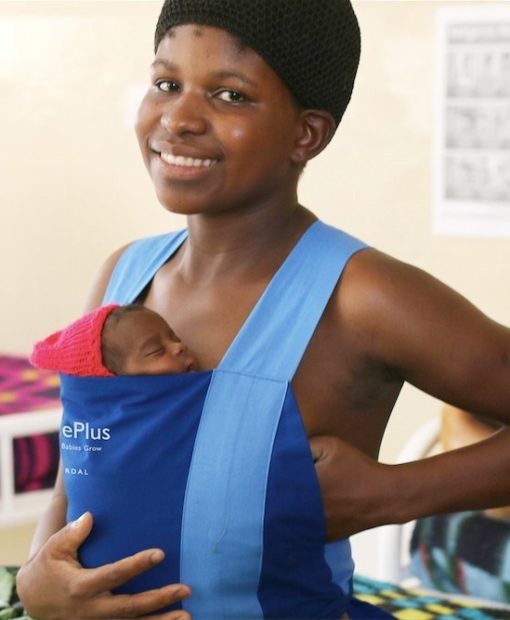Yeast’s New Use: Making Narcotic Painkillers

THURSDAY, Aug. 13, 2015 (HealthDay News) — Scientists say they have genetically engineered baker’s yeast to create powerful narcotic painkillers.
The painkillers in question are called opioids, and include opiate-containing medicines such as morphine, Oxycontin and Vicodin, most commonly sourced from the opium poppy.
But the new technology might bypass the poppy, leading to faster and possibly cheaper methods of creating many types of plant-based medicines, according to the Stanford University team.
“This is only the beginning,” said study senior author Christina Smolke, an associate professor of bioengineering. “The techniques we developed and demonstrate for opioid [narcotic] pain relievers can be adapted to produce many plant-derived compounds to fight cancers, infectious diseases and chronic conditions such as high blood pressure and arthritis.”
The finding does have a potential downside, however: “home-brewed” narcotics could crop up once this technology becomes easily reproduced.
Other labs have been working on poppy-free opioid production. In May, a University of California, Berkeley team published a study in the journal Nature Chemical Biology describing all but one step of a process to use genetically modified yeast to convert simple sugar into morphine.
In this new study, the Stanford team reprogrammed the genetics of standard baker’s yeast — used for thousands of years to leaven bread — so that the organism’s fast-growing cells were able to convert sugar into the painkiller hydrocodone (found in Vicodin) in just three to five days. They report their feat in the Aug. 13 issue of the journal Science.
Currently, it can take more than a year to produce these drugs, the researchers explained. That’s because poppies are grown on licensed farms, harvested, processed and sent to factories, where the material is refined into medicines, the researchers explained.
“When we started work a decade ago, many experts thought it would be impossible to engineer yeast to replace the entire farm-to-factory process,” Smolke said in a Stanford news release.
And scenarios where narcotics from yeast are manufactured in illicit labs aren’t on the horizon anytime soon, the Stanford team said. That’s because, right now, it would take 4,400 gallons of bioengineered yeast to produce a single dose of pain medicine, Smolke’s team said.
However, they believe the new study is proof-of-principle that such yeast can be used to make complex plant-based medicines. Stanford has patented the new technology, and Smolke and her team have formed a company.
They hope the technology will become more efficient in the future — and that’s when safeguards may be needed, Smolke said.
“We want there to be an open deliberative process to bring researchers and policymakers together,” she said. “We need options to help ensure that the bio-based production of medicinal compounds is developed in the most responsible way.”
In May, at the time the Berkeley breakthrough was reported, experts writing in the journal Nature Chemical Biology offered up guidelines on safeguarding yeast-based opioid production from criminals.
According to a group led by Kenneth Oye, director of policy and practices at the Synthetic Biology Engineering Research Center at Massachusetts Institute of Technology (MIT) in Boston, those safeguards should include four key points:
- Engineer the yeast strains to make them less appealing to criminals. They can be designed to produce only opiates with limited street value. Or, they could be made to be so difficult to process that it’s not worth the effort. Opiate-producing yeast strains also could include a DNA watermark to make them more easily traced by law enforcement.
- Tighten security around narcotic-producing yeast strains, similar to that now used with prescription painkillers.
- Make sure that DNA synthesis companies screen all orders for DNA sequences, watching for those that could be used by criminals to generate opiate-producing yeast.
- Extend current narcotics laws to cover opiate-producing yeast strains.
“We have a little time, so let’s take time now to come up with ways to make it easier to protect public health,” Oye told HealthDay at the time.
More information
The American Academy of Family Physicians has more about opioid drugs.

 August 14, 2015
August 14, 2015




 May 19, 2018
May 19, 2018 




